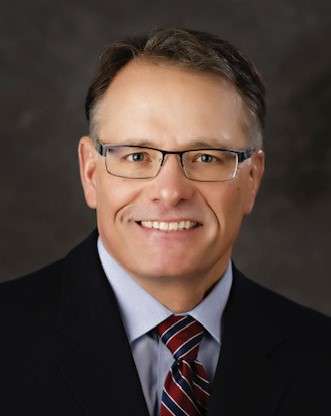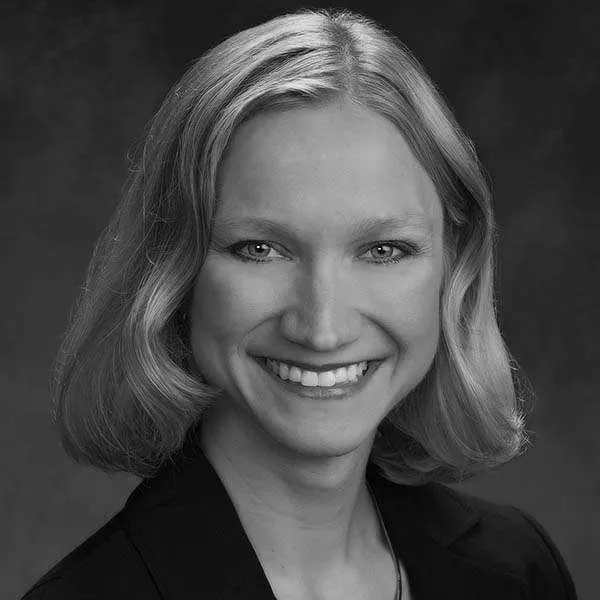For most of us, seeing the doctor means making a trip to the local clinic to see our primary care physician in person, but an increasing number of patients are seeing their doctor remotely by telehealth, using two-way video telecommunication technology.
The popularity of telehealth services soared during the COVID pandemic much like Zoom and similar technologies. Historically, patients and health care providers alike have been reluctant to adopt it, but federal health policy changes have removed many of the barriers to telehealth access and have promoted its use in both primary and specialty care.
According to the National Institutes of Health, twenty percent of us live in rural America where less than ten percent of physicians practice. I personally have known patients who live more than one hour from their primary physician and more than three hours from a medical specialist. Taking time off work and the travel expense required cause many patients to delay seeking care until their acute illness becomes complicated or their chronic condition deteriorates.
Thankfully, as telehealth services have grown, time and expense of travel to a specialist have decreased and access to care has increased for many. Rural emergency physicians and hospitalists utilize telehealth services for additional support and expert opinions for issues ranging from acute trauma and cardiac arrests to coordination with critical care specialists regarding the optimal management of a patient’s ventilator. Although not every specialty is available, the advent of telehealth has afforded many outpatients the opportunity to stay in their hometown and see a specialist.
While my patients and I have had many positive experiences with telehealth, none exemplifies the power of a remote video connection better than one of my first encounters with a critically ill COVID patient in my local ICU last Fall. Moments after placing a call to my telehealth affiliate, I was video chatting with a critical care specialist in Seattle – America’s first COVID epicenter. I was in my central South Dakota rural ICU wearing my PPE standing beside my patient who was now on a ventilator struggling with a disease I had never seen or treated and in the room with us virtually, but 1300 miles away, was a specialist with six months of experience treating dozens of patients like the one before me.
There will never be a replacement for in-person health care and a physical examination is required for proper diagnosis in most cases, but I urge you to keep an open mind to seeing a physician remotely by telehealth when necessary and consider the power it can add to your overall health care.
Philip Meyer, D.O., a hospitalist in Pierre, South Dakota, is a contributing Prairie Doc® columnist. He appears as a guest during On Call with the Prairie Doc® a medical Q&A show streaming on Facebook Thursday, July 1 at 7 p.m. Central. For free and easy access to the entire Prairie Doc® library, visit www.prairiedoc.org and follow Prairie Doc® on Facebook.




